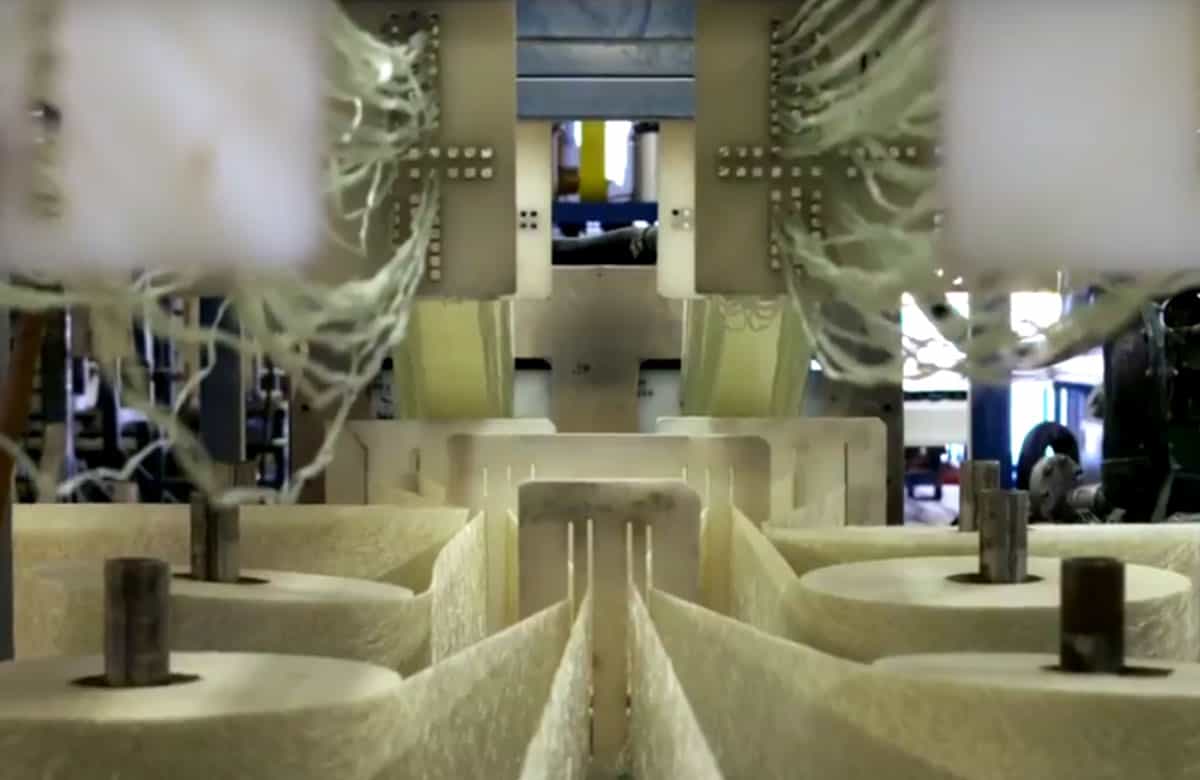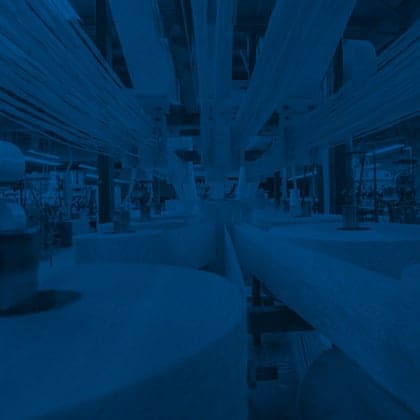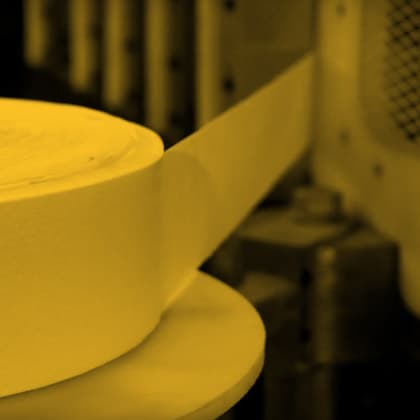Wood rots. Steel rusts. Aluminum dents. Fiberglass reinforced plastic lasts.
Traditional building materials have their place. But for harsh, corrosive environments, Bedford fiberglass reinforced polymer (FRP) is a smart choice.
Bedford structural fiberglass has the strength of steel at a fraction of the weight. It won’t corrode, rot, attract insect damage or conduct electricity. It can be formed into countless FRP profiles to fit your specs. And decades later when those other materials need to be replaced, it will still have plenty of life.
In short, fiberglass pultrusions give you a different way to solve your design challenges — one that can reduce costs and improve performance in the long run. To maximize these benefits, however, it’s best to design with the properties of fiberglass reinforced plastic in mind from the start. Our engineers and fabricators can help, so contact us with your questions.
Frequently Asked Questions About FRP Grating
What is FRP grating?
FRP grating is fiberglass reinforced plastic molded or pultruded into a framework that allows for ventilation and drainage while providing a strong, lightweight, slip-resistant surface for foot and some vehicle traffic.
What is pultruded grating?
Pultruded grating is a strong, lightweight, slip-resistant surface made of FRP (fiberglass reinforced plastic) that is suitable for pedestrian and some vehicular loads that provides ventilation and drainage. The parallel or crossed bars are made of pulled fiberglass reinforcement saturated with a resin and formed into the grating.
How do you cut FRP grating?
Use standard tools equipped with diamond-coated blades to cut FRP grating. Adequately support the material and use light, evenly applied pressure while slowly cutting for the best results.
What is grating in construction?
In construction, grating is used as a strong, lightweight, slip-resistant surface for foot and some vehicle traffic that provides ventilation and drainage. Applications include pedestrian bridges, catwalks, decks, floors, platforms, and stair treads.




